Sighting in on crappie with a ‘scope
ON 06-07-2023
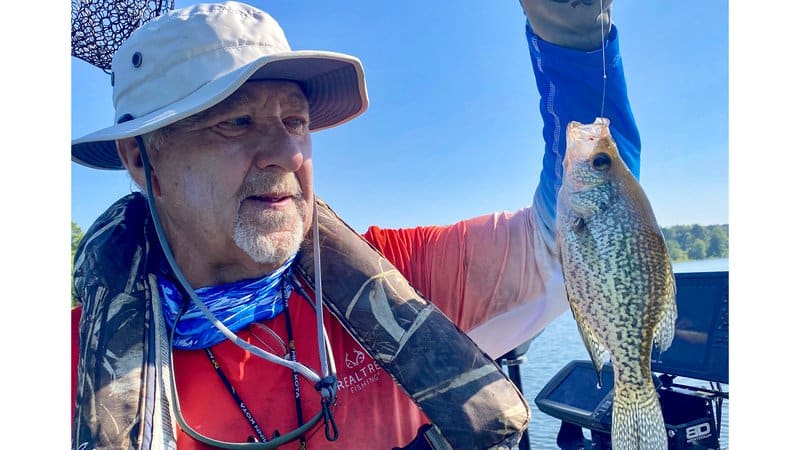
June 7, 2023
Randy Zellers
Assistant Chief of Communications
ARKADELPHIA — Not much has changed with John Duncan’s crappie fishing tactics on DeGray Lake in southwest Arkansas since he adopted forward-facing sonar about four years ago, except the speed at which he finds the fish for his clients.
Duncan owns and operates YoYo’s Guide Service, one of the regular contributors to the Arkansas Game and Fish Commission’s Weekly Fishing Report. He’s been crappie fishing all his life, but really kicked up his game about seven years ago, when he began taking people with techniques he learned from Jerry Blake and Tammy Richardson, two well-known local guides who have since moved on from the business at DeGray.
After hearing all the hype and watching videos on YouTube of people singling out big crappie and bass with a single rod while staring at their screens, I was surprised when Duncan loaded the same big bucket of minnows into his boat as he had about six years ago when I last visited with him on the water. He still had the same 10- to 12-foot crappie rods and rod holders attached to the sides of his oversized aluminum boat. Really the only thing that changed on his rig was a large pedestal on the bow sporting a new big-screen fishfinder capable of using the latest fishfinding technology.
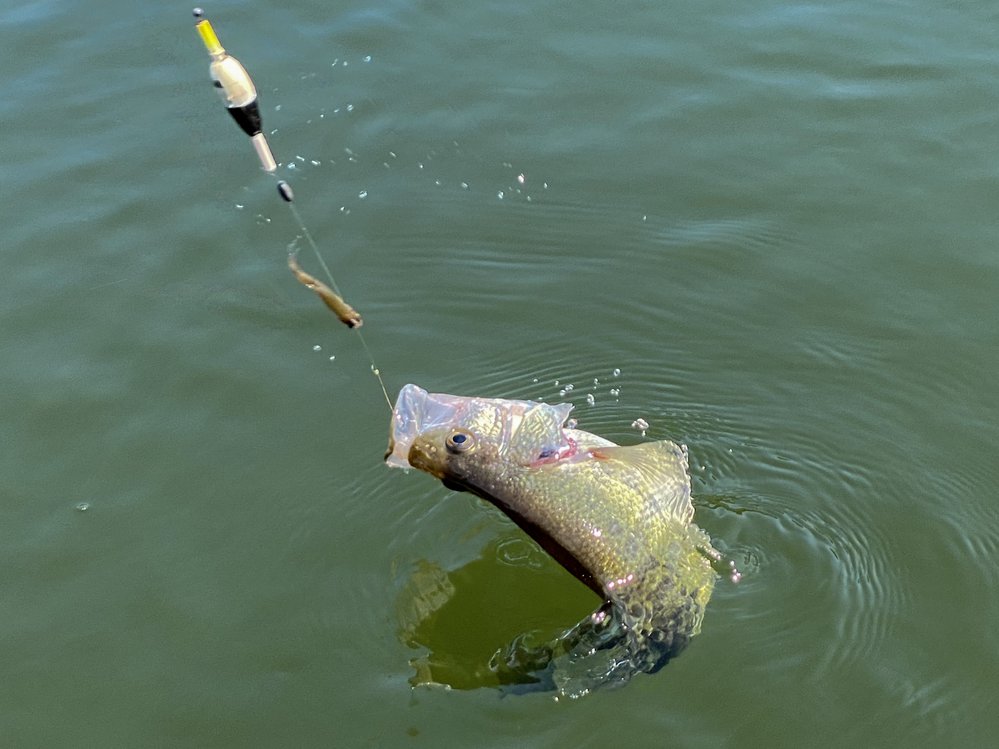
“Sure, you can chase single fish and snipe them using a jig or a drop-shotted minnow, but I still run multiple lines with floats and minnows,” Duncan said. “The main thing the livescope lets me do is quickly scan piles without going over them and spooking fish.”
As Duncan would pull up to a brush pile he had marked on his unit, he would point the beam of his forward-facing sonar at it to see if anyone was home. Every time the boat would get within 15 feet, all of the fish suspended around the sunken brush would suddenly sink into the maze of branches.
“A lot of people think they swim away, but most of them really just go deeper into the cover,” Duncan said. “But you can still pull them out with a minnow right over their noses. That’s where the sonar really helps. I can tell the difference between my bait, the fish and the branches and I can watch how they react. If they don’t want to cooperate, I’m gone. Even with livescope, you just can’t force a fish to bite.”
Duncan has more than 800 waypoints marked on his unit, each showing a brush pile, PVC fish attractor or creek turn that holds crappie at some point in the year. Some are coordinates of attractors placed by the Arkansas Game and Fish Commission, which are available for the public at www.agfc.com/en/fishing/where-fish/fish-attractors, but most are brush piles he and other guides and anglers have sunk over seven years of guiding.
“Me and a few other anglers worked together with the [Army Corps of Engineers] a few years back to remove some cedar trees from one location they were wanting to do habitat work on,” Duncan said. “We could only use certain trees and everything was very tightly controlled in this partnership effort, but it gave us great material for brush piles.”
“Once that project was completed, we couldn’t cut any more but we still have permission to sink attractors,” Duncan said. “A friend of mine has a big pontoon barge we load up with PVC structures and brush we bring from other places to keep our sites fresh.”
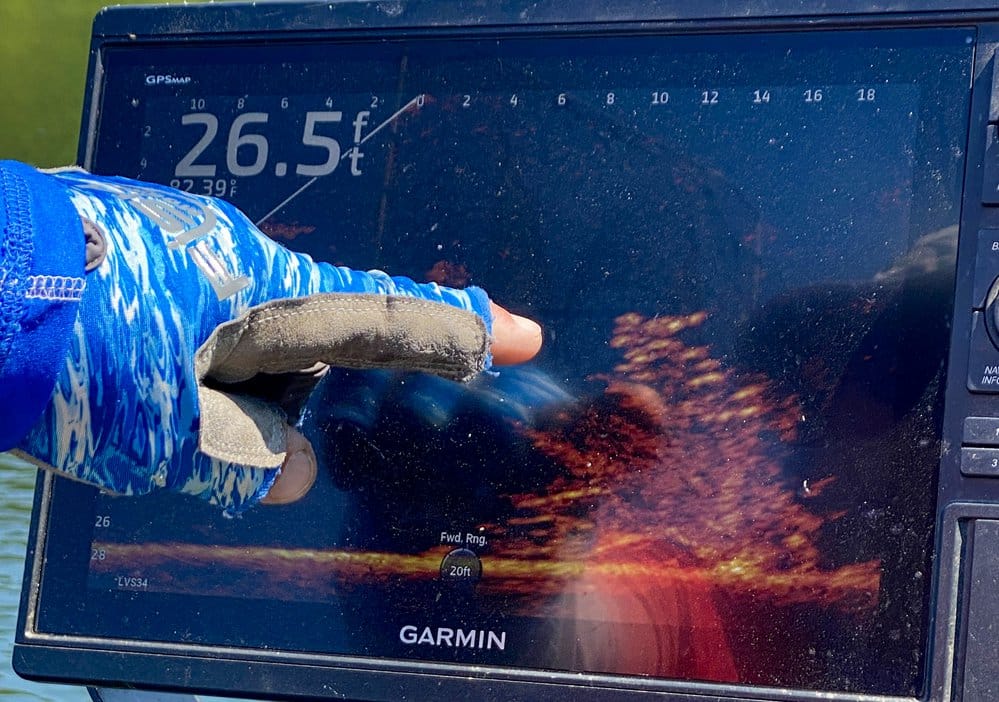
Throughout a morning of fishing, Duncan would set out lines with fresh minnows and ease up to his known hot spots. Rarely would he wait more than 15 minutes without a bite before he’d haul the lines up and get ready to move.
“A person could probably sit on top of the fish and pester them into eventually biting, but my job is to keep things fun for my clients, and watching that bobber go down is what’s really exciting for them,” Duncan said. “I’ll bounce from brush to brush until I find the fish that want to bite, then we can set up for a little while on them.”
According to Andy Yung, AGFC fisheries biologist out of Hot Springs and the lead for the agency’s crappie management team, biologists have been watching for any effects livescope and other forward-facing sonar may have on fish populations.
“So far, we haven’t seen any effects on a statewide population level,” Yung said. “We conducted an in-depth survey in 2021 on livescope, and I’m looking forward to doing another in the near future because the technology is getting better and becoming more affordable.”
During Yung’s study, livescope didn’t prove to be a threat to crappie populations on a statewide level.
Yung said the crappie team was particularly interested in forward-facing sonar because of the nature of crappie anglers to be more harvest-oriented than bass anglers (the other major group of anglers embracing the new technology)
“Crappie are the second most popular sport fish targeted by resident anglers in Arkansas,” Yung said. “Roughly 24 percent of anglers list it as their number one species they target. Crappie also are easy to identify and target when they’re schooled up, so we wanted to really keep an eye on the effects this new technology may have.”
After interviewing close to 1,100 anglers as they left the water from a day of fishing at nine locations around the state, Yung compiled the data and found very little overall difference in harvest between anglers who had livescope and those who didn’t. Catch rates, however, were a different story.
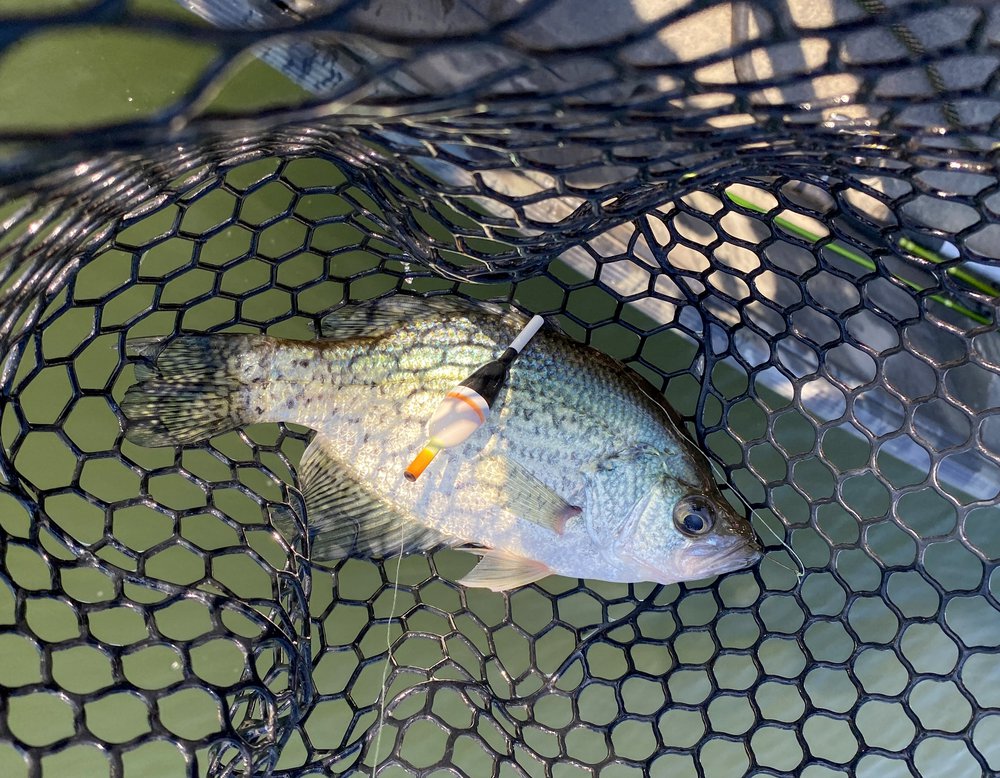
“Anglers with live-imaging sonar caught roughly twice as many crappie as anglers who didn’t have it, but their harvest was much more selective,” Yung said. “Anglers without live-imaging sonar kept 1.3 times as many of the fish they caught as those using the new technology. Overall, the average difference in actual harvest equaled about two fish per day. And the size of those harvested fish averaged about a half inch of length and a quarter pound of weight improvement over anglers without livescope. Nothing that causes any concern on a population level.”
Anglers with live-imaging sonar did record more limits, but the actual number of limits brought to the boat ramps might shock many anglers.
“You’ll hear people talking about catching limits, but really very few people do it and those are often the same people over and over,” Yung said. “In 600 boats and close to 1,100 anglers surveyed at the ramp, only 14 limits were tallied. That was it.”
Yung also says the surveys weren’t a “one and done” sort of deal, and he’s looking forward to repeating it as the technology continues to evolve.
“We monitor fisheries throughout the state to watch for trends in populations, and we perform creel surveys throughout the state to identify trends in angler numbers, attitudes toward the fishery and success rates,” Yung said. “With our first study, it may have been a matter of anglers like Duncan who were already the best and most dedicated on the water adopting the new technology first. These anglers were likely going to have higher catch rates regardless, so the impact was not statistically significant. But as more people get the units and become more proficient we may see changes from the original study.”
Yung plans to continue monitoring live-imaging sonar and fish populations throughout the state. While the technology may not have an effect statewide, there may be lakes where it may influence local populations enough to warrant future adjustments to length limits or daily creel limits adjustments. One thing’s for certain, Duncan’s clients have been more than happy with the latest advance in technology helping him find the fish that have a hankering for a fathead minnow on a No. 6 long-shank hook.
Visit https://www.youtube.com/watch?v=4tc9salaJnA for a webinar Yung presented about the AGFC’s previous live-imaging sonar study.
CUTLINES:
Man with Fish
John Duncan has guided people on crappie fishing trips for more than 7 years at DeGray Lake and has it down to a system.
Crappie on Hook
Despite recent technology advances in fishing, a minnow under a float still produces when nothing else will.
Fishfinder Screen
Modern electronics are most useful in showing Duncan if fish are in a brush pile without him being directly on top of it.
Crappie in Net
Anglers who used live-imaging sonar caught twice as many fish as those without it during a recent survey, but they tended to release many more fish instead of keeping them for the frying pan.
Recent News

Commission approves waterfowl season changes
Apr. 18, 2025
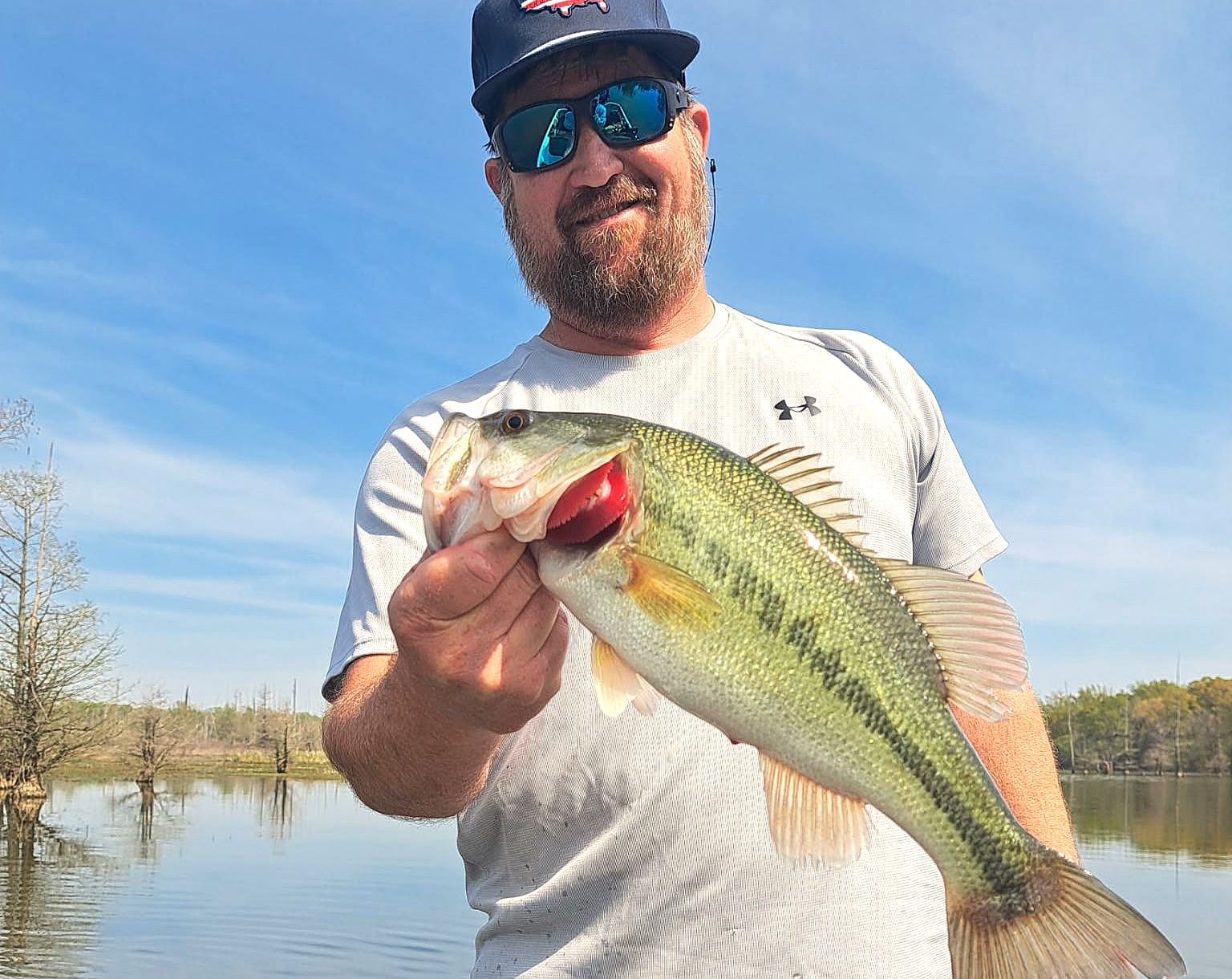
Arkansas Wildlife Weekly Fishing Report
Apr. 17, 2025
Subscribe to Our Weekly Newsletter E-mails
Don’t miss another issue. Sign up now to receive the AGFC Wildlife Weekly Newsletter in your mailbox every Wednesday afternoon (Waterfowl Reports are published weekly during waterfowl season and periodically outside the season). Fishing Reports arrive on Thursdays. Fill in the following fields and hit submit. Thanks, and welcome!
